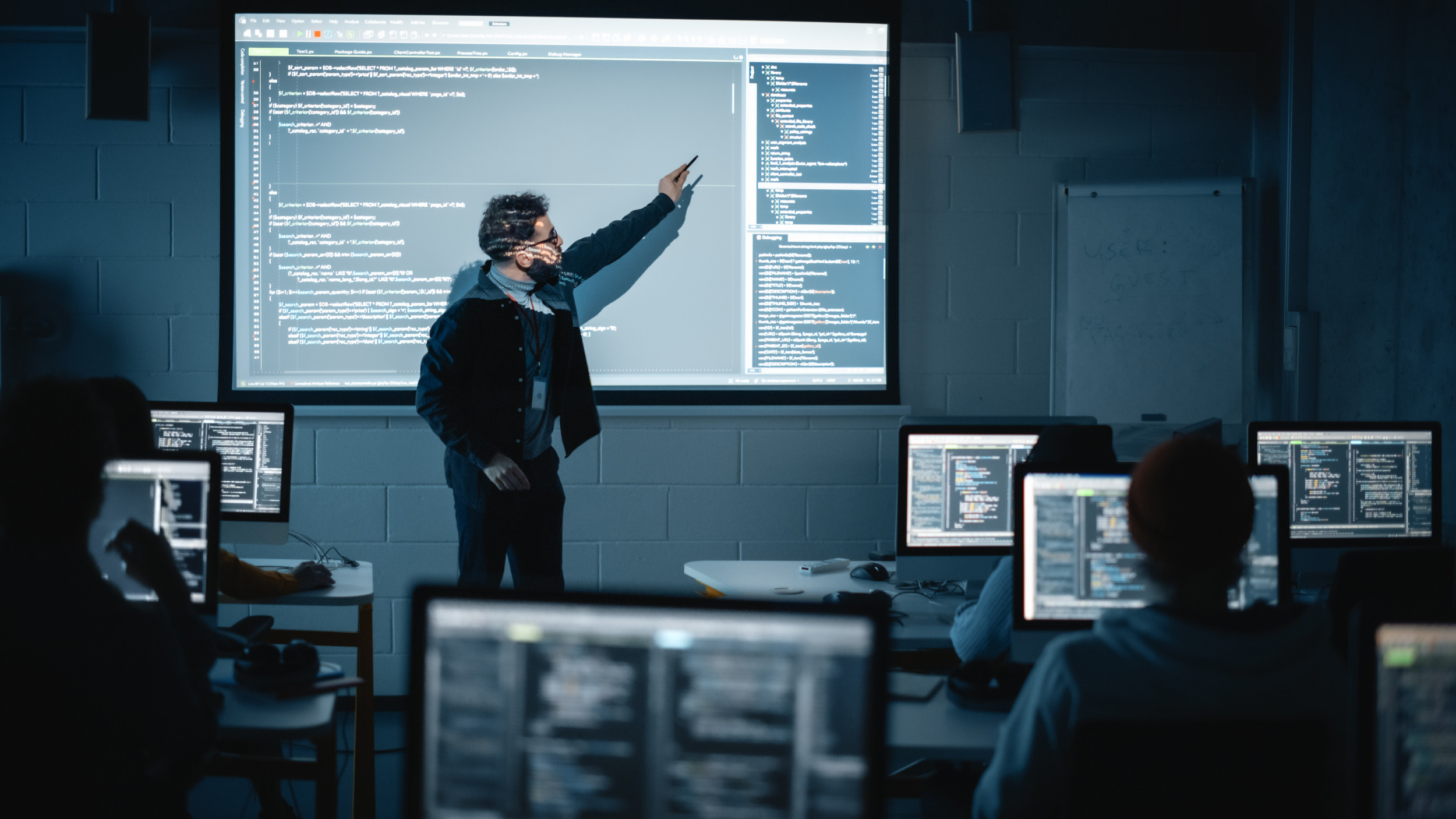Beyond the “Fourth Industrial Revolution”: Why We Must Invest in Stem Education


The concept of the “Fourth Industrial Revolution,” also referred to as 4IR or Industry 4.0, has gained significant attention in recent years, with many touting its potential to transform the way we live and work. However, there are several reasons to believe that this is more of a marketing construct than reality. Rather, I believe investing in localized science, technology, engineering and mathematics (STEM) education initiatives is key to addressing the challenges and opportunities that lie ahead.
While some may view “4IR” and the STEM education movement as one and the same, they have divergent objectives. The term Fourth Industrial Revolution was coined by Klaus Schwab, the founder of the World Economic Forum (WEF), in 2016. He describes how current technological developments facilitate mass centralization of industry and transnational influence.
Conversely, while the STEM education movement’s origins are up for debate (as I wrote about in 2019), practitioners serve as a grassroots network of diverse change agents that vastly outnumber the WEF’s network of “Global Shapers” and “Young Global Leaders” — resulting in robust innovation and economic growth through personal autonomy.
Understanding Technological Revolutions
First and foremost, let’s note that the term “industrial revolution” has historically referred to a period of significant change in the way goods are produced as a result of new technological innovations.
The First Industrial Revolution was characterized by the rise of the steam engine and the mechanization of textiles, while the Second was marked by the widespread adoption of electricity and the assembly line. The Third Industrial Revolution has been spurred by the rise of computers and digital technologies. In each of these cases, there was a clear delineation with the past and a fundamental shift in the way work is performed.
However, when we talk about 4IR, it’s less clear what we’re referring to. Some proponents of the concept suggest that it’s driven by the rise of artificial intelligence, robotics and the Internet of Things. Others point to advances in biotechnology and nanotechnology. But while all these technologies are certainly transformative in their own right, they don’t necessarily represent a clean break with the past.
In fact, many of the technologies that are often cited as hallmarks of the “Fourth Industrial Revolution” have been in development for decades, and have already begun to reshape the world we live in.
The concept of an Industrial Revolution is tied to mass production and the factory system. However, many of the technologies that are driving change today, like AI and biotechnology, are more likely to lead to highly specialized and customized products, rather than mass-produced ones. There are also implications for concepts like transhumanism. In other words, the very notion of a “4th Industrial Revolution” may be ill-suited to capture the changes occurring in the world today.
All of this is not to say that we should ignore the transformative potential of new technologies — far from it. But rather than focusing on big-picture concepts like “The Great Reset” or Environmental, Social and Governance (ESG) concerns, terms often used concurrently with 4IR, I believe we should focus on the concrete challenges and opportunities that are facing us today, while working to address them locally in a thoughtful and substantive manner.
STEM: A Counter-Revolution
One of the most pressing challenges we face is the need to prepare our labor force for the changing nature of work. As new technologies continue to automate routine tasks and transform entire industries, there is a growing demand for workers with the skills to work alongside these technologies, and to design and implement them. This means that we need to invest in STEM education at all levels, from early childhood through college and beyond.
STEM education is particularly important because it equips students with the skills and knowledge they need to thrive in a rapidly changing world. This not only includes technical skills, but also critical thinking, problem-solving and creativity. By making sure students are encouraged to think analytically, to become entrepreneurs and hold contrarian viewpoints, we can better equip them with the tools they need to tackle the challenges of the future — whether it’s developing new medical treatments, designing sustainable energy systems or creating new forms of art and entertainment.
Moreover, STEM education is helping to address the longstanding inequities that exist within our society. As the demand for workers with STEM skills continues to grow, it’s essential that we ensure that all students, regardless of their background, have access to high-quality STEM education, as I wrote about for Silicon Republic.
A Pro-Human Future With STEM
Advancements in STEM have the potential to bring enormous benefits to humanity. However, it’s important to remember that technology should always be in service of human beings, not the other way around. In other words, we should strive to create technologies that enhance human capabilities and improve our lives, rather than those that replace us or render us obsolete (registration required).
This requires a conscious effort to design and implement solutions that prioritize human values and needs, and that are developed in collaboration with diverse communities and stakeholders. By doing so, we can continue to ensure that technology is a force for good in the world, rather than a source of fear or uncertainty.
While the concept of a “Fourth Industrial Revolution” may be one vision for a better future, the challenges and opportunities that lie ahead for all of humanity are very real, and we need to ensure that we are adequately prepared.
Therefore, it is essential that we prioritize STEM education as a means of empowering the next generation of problem-solvers through decentralized innovation, holistic thinking and industrialization. By doing so, we can help build a more equitable, sustainable and prosperous society for all.



